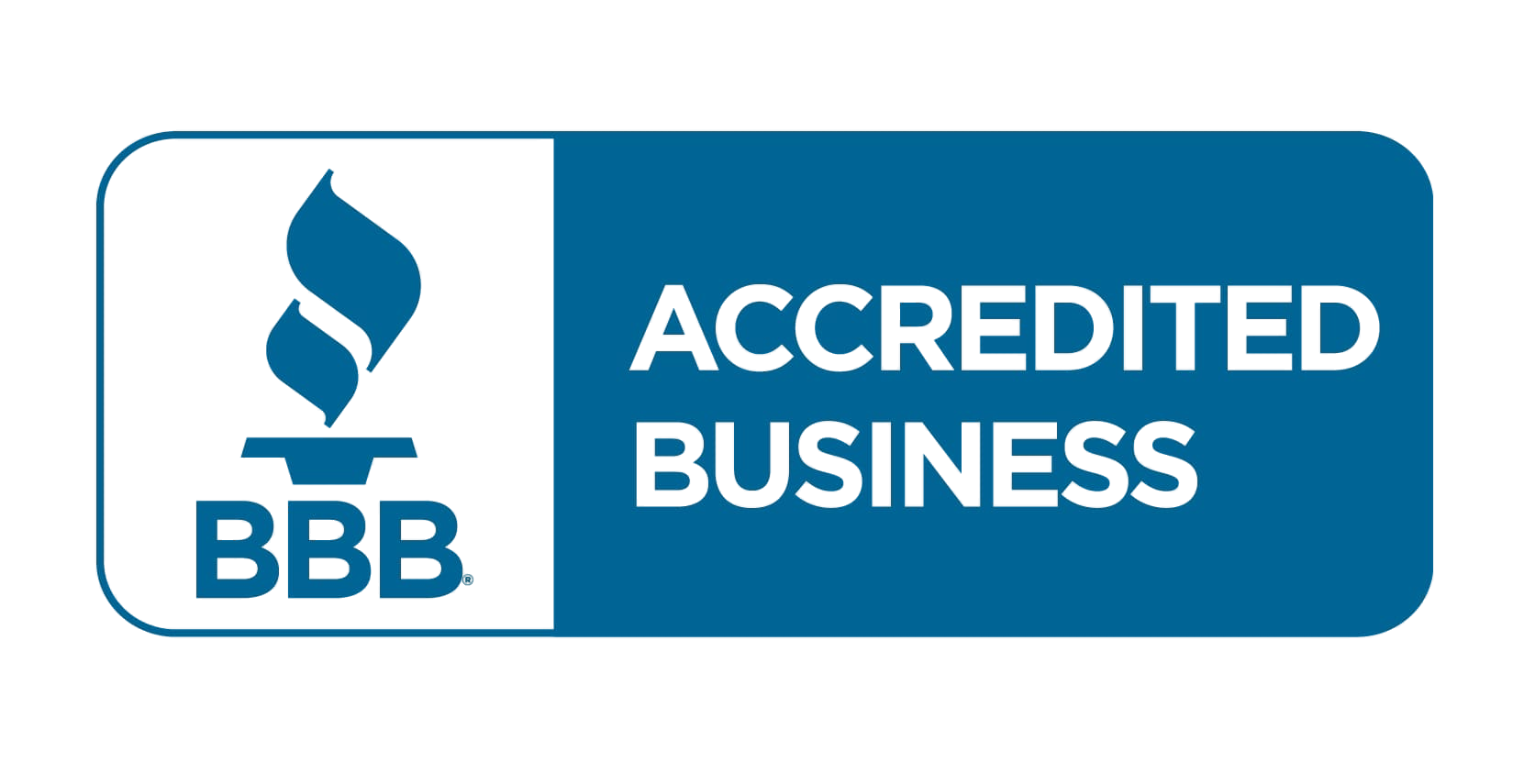5 Cloud Communication Myths Debunked
Source: Intermedia.com
Cloud-based communication and collaboration tools such as video conferencing software, file sharing, and UCaaS (unified communications as a service) empower teams to stay connected and productive wherever they are. After a year that saw a massive rise in remote work — the number of employees working remotely at least five days per week shot up from 17 percent to 44 percent after the pandemic hit — a lot of businesses are adopting cloud communications to make work more flexible.

Before you invest in a cloud solution, it’s worth it to take the time to understand what exactly this technology can and cannot do for your business. Here are five cloud communication myths and the facts about how this technology works.
Myth 1: Our Data Will Be Less Secure if We Use Cloud Communications
Security concerns are one of the main reasons organizations hesitate to dive into cloud technology. Data is stored off-premises, which means it’s not just protected by your company. Instead, your cloud provider handles the security for information stored in their data centers.
Using a security-first mindset when it comes to making business technology decisions is a smart move. After all, a data breach can cost your business a lot of money. In 2019, the global average cost of a data breach was $3.9 million.
However, using cloud communications tools doesn’t mean your data is less secure. Most cloud providers today are using enterprise-class security protections to counter today’s ever-evolving cybersecurity threats. Also, because their entire business revolves around the cloud, chances are, they are using more advanced security than your business is able to implement with an in-house data center.
Our data centers are monitored and guarded around the clock and protected with strict access control measures. We use multiple redundant, enterprise-class firewall systems, run several intrusion protection systems, and are regularly audited for all the leading security and compliance standards, including CPNI, PCI-DSS, SOC-2, GDPR, and HIPAA.
Myth 2: With the Cloud, Our Business Loses Control
When your business switches to cloud communications tools, you still retain control over how the software works, who can access it, and even what devices your employees use to access it. The software is hosted in the cloud, but that doesn’t mean your administration team can’t manage how the technology is used.
When comparing cloud communications platforms, make sure the one you use has sophisticated administration tools for onboarding and managing users and devices, as well as great customization features. You should also be able to access insights on employee and system quality performance to help your team make well-informed administrator decisions.
Additionally, part of having control is knowing you have a team to help you when you run into a question with your software. Make sure the provider you choose prioritizes customer service. You should be able to access technical support and expert help through a chat feature or by phone 24/7.
Myth 3: Getting Started Is Difficult
This is one of the biggest cloud communication myths. One of the reasons for this is the confusion between cloud migration and cloud adoption.
Cloud migration is the process of moving some or all of your workflows and IT systems to the cloud. Because you’re shifting part or all of your infrastructure, cloud migration takes time and requires the help of cloud experts. It is a difficult and complex process.
Cloud adoption involves adopting one or more cloud services, such as a software-as-a-service solution (SaaS). With SaaS, getting started is simple. You don’t have to worry about business disruption, and your employees can start using the software right away.
A lot of cloud communications solutions will also integrate with your existing business tools, making it even easier to start leveraging your new software. This is something to look for when comparing cloud-based communication platforms — does the software you’re considering integrate with the specific tools your team is already using?
Myth 4: Cloud Communications Call Quality Can’t Rival That of Traditional Analog Phones
This is a common misconception. This myth exists because many people are familiar with free or low-cost consumer-based VoIP (Voice over Internet Protocol) phone services that deliver less-than-prime phone quality. Think of those spotty Skype calls you may have made to friends and family.
When comparing business-grade cloud-based phones vs. analog phone systems, however, the opposite is true, as long as your business has a strong internet connection and enough bandwidth. Your teams will enjoy excellent call quality with a cloud-based phone system, whether they are calling locally or internationally. Also, users can make calls from wherever and still experience the same high-quality experience.
Myth 5: Switching to Cloud Communications Will Cost More Than It’s Worth
Not at all. Your business can save big time by switching to cloud communications. First, you’ll save on phone costs because you’re no longer paying for multiple business lines, international calls, and maintaining and upgrading communications hardware to operate an on-premises system.
Second, using cloud communications tools makes scaling easier and more affordable. You can add or remove users whenever you need. And, your business can also realize financial benefits because cloud communications is more flexible. You can rely more on working with remote employees, allowing you to save on the costs of providing office space for fully on-premises teams.
Discover How Cloud Communications Can Help Your Business
Whether you’re looking for a cloud-based, all-in-one communications platform, video conferencing software, or a contact center solution, we can help. Reach out to our expert team and find out how cloud communications can help your business thrive.

 Customer Portal Subscribe
Customer Portal Subscribe